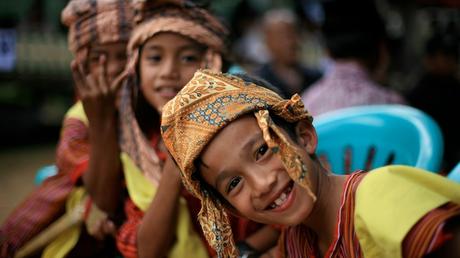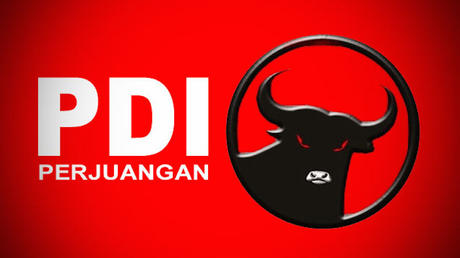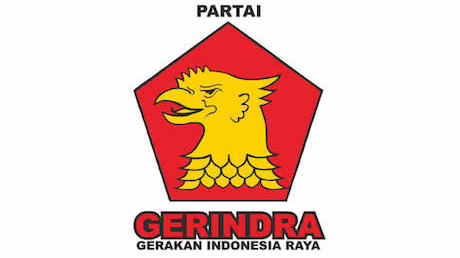You can access a complete version of Partai Golkar's election policies here (PDF).
In the 2014 parliamentary election the Golkar Party received (on preliminary counting) 14.3 per cent of vote, which would place it second if there are no surprises in the final count. Campaigning under the slogan "People’s Voice, Golkar’s Voice", the nationalist–secular party has laid out its policy blueprint in a document titled Prosperous Country Indonesia 2045.
The party chairman, Aburizal Bakrie, explained Golkar’s vision looking ahead to 2045 at the recent polls, saying the party would pursue prosperity by focusing on development priorities in bureaucracy reform, education, health, industry, farming, fisheries, infrastructure, and small and medium scale enterprise.
Strategic policies include promises to:
- Focus development from the village level up
- Enhance the state’s role in development
- Reach qualitative economic growth
- Strengthen communities through empowerment programs
- Provide sustainable development based on blue-economy and green-economy priorities
- Strengthen and enforce justice and human rights
- Expand industry through investment in technology and competitive innovation
- Revitalize farming, food industry and trade
Golkar divides its blueprint into three phases:
- 2015-2025: Strengthening the nation’s foundations, aiming for recognition as a developed country
- 2025-2035: Accelerating the development activities in all sectors
- 2035-2045: Stabilising and consolidating Indonesia’s position as a developed country
For the first phase, the decade to 2025, Golkar promotes its development plans as follows:
- Aiming for 8 to 9 per cent annual economic growth
- Becoming a resource for growth: investments, exports and increased productivity through skilled workers and technical innovation
- Improving Indonesia's Human Development Index value to 0.8 (the 2013 ranking was 0.62)
- Growing annual income per capita from $USD10,000 to $12,000
- Increasing the number of formal sector workers to 45 per cent in 2020, and 65 per cent in 2025
- Decreasing the poverty rate to 8 per cent (in 2020) and 5 per cent (2025)
- Achieving improvements in average life expectancy to 75 years old.




